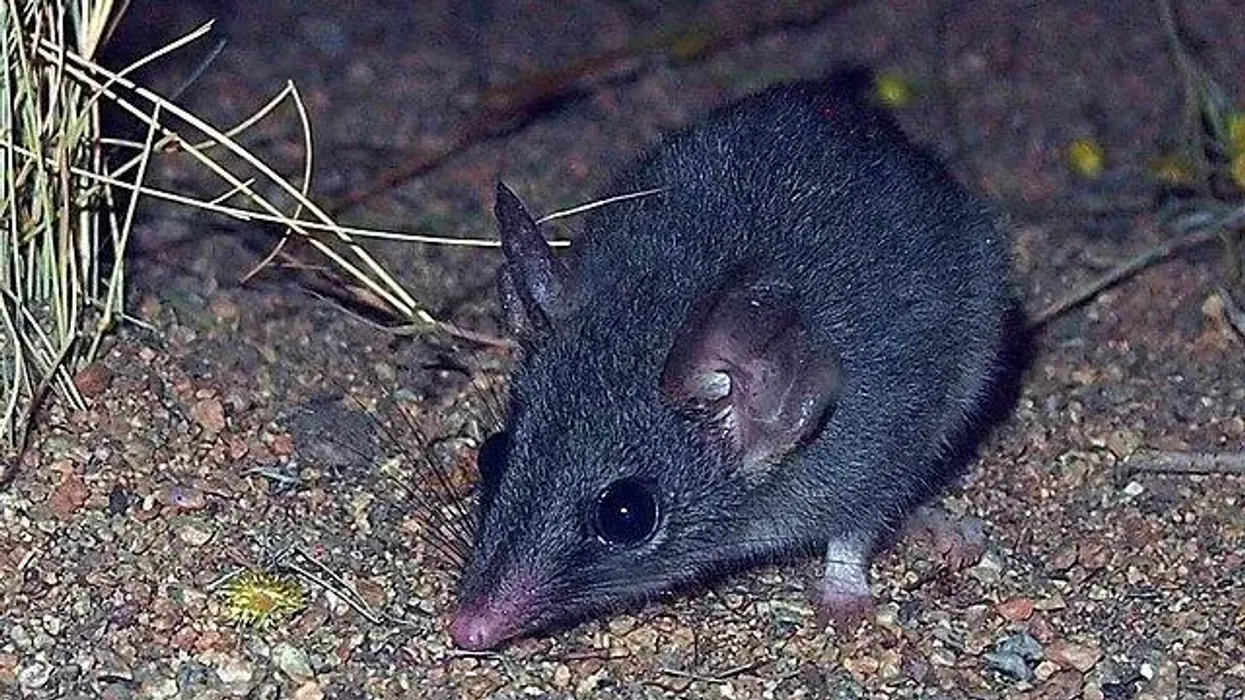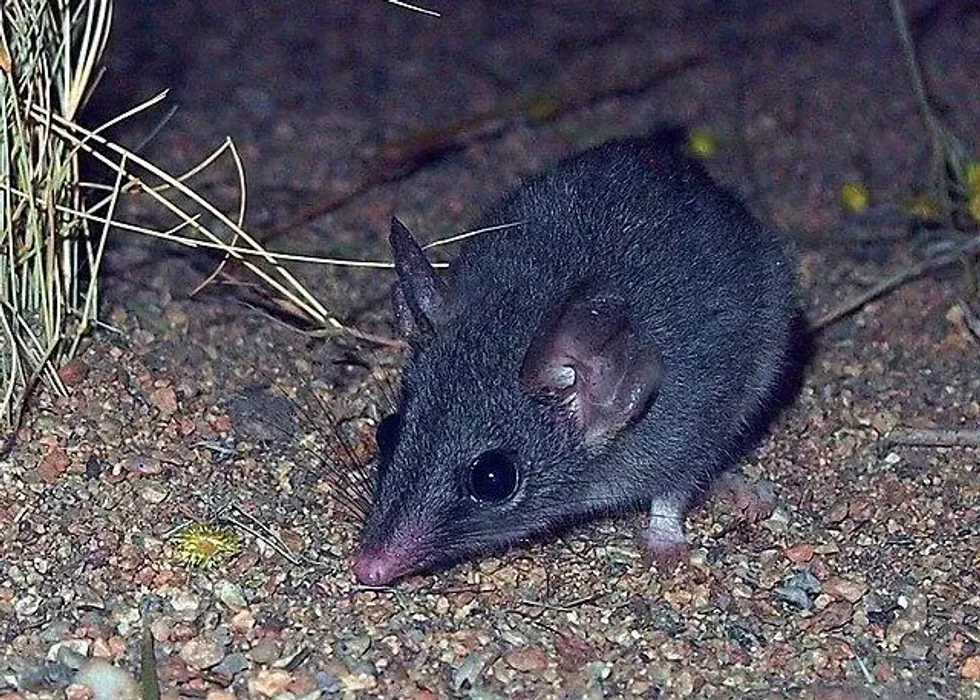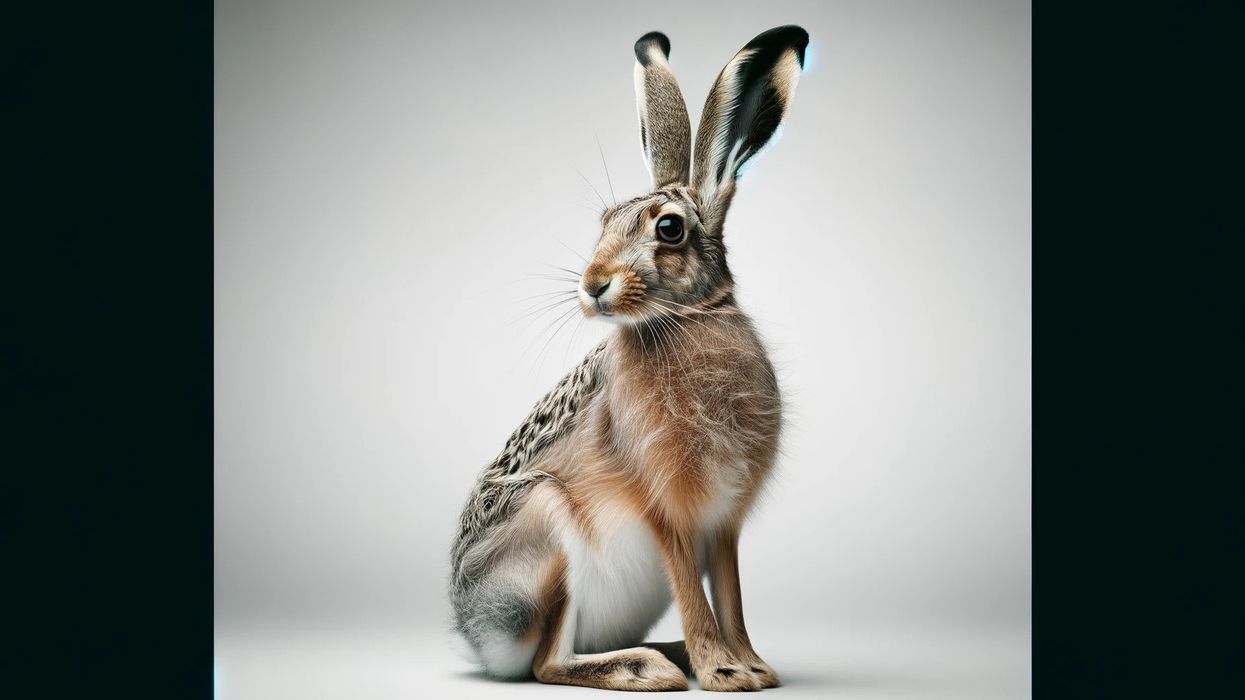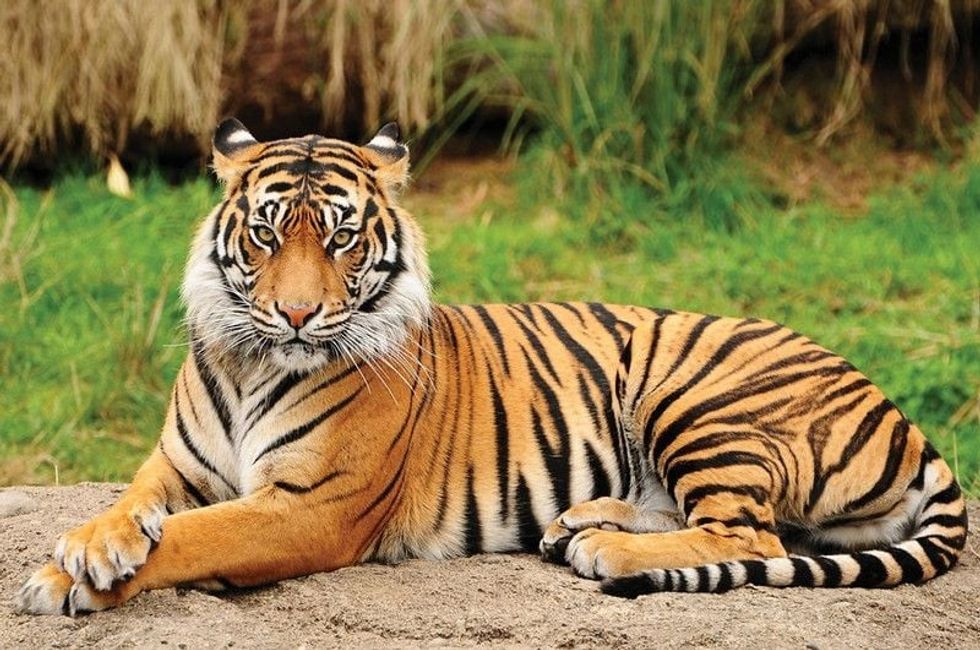The brush-tailed phascogale (Phascogale tapoatafa) is a mammal species endemic to the continent of Australia. These unique animals have a widespread population distribution in their native region and despite their cute looks, are infamous carnivores known for their ability to prey on the local fowl.
They are mostly arboreal and spend their time on trees and come down when they forage food from the ground.
Brush-tailed phascogales have seen a rapid decline in their population due to human interference in their habitat as industrial mining and logging have played a huge role in this species experiencing a steep population decline.
The current conservation status of these animals is Near Threatened on the IUCN Red List and if not properly conserved, their population will come close to being vulnerable, or at worse, they can become critically endangered.
If you liked these true facts about brush-tailed phascogale, then you'll surely like these facts about the eastern gorilla and chacma baboon too!
Brush-Tailed Phascogale Interesting Facts
What type of animal is a brush-tailed phascogale?
The brush-tailed phascogale (Phascogale tapoatafa), or the common wambenger is an arboreal marsupial species that has a body length of that of a squirrel. The name brush-tailed refers to the 'bottle- brush' tail hairs that this marsupial has. This marsupial is endemic to the Australian regions where they have a fragmented distribution of population.
What class of animal does a brush-tailed phascogale belong to?
Brush-tailed phascogales come under the mammal class of animals. These animals are one of the many carnivorous marsupial species like the Tasmanian devil. This arboreal marsupial belongs to the Dasyuridae family.
How many brush-tailed phascogales are there in the world?
Currently, there is no estimated population size of these creatures because of their widespread population distribution in the native Australian habitat range. Unlike females, males do get caught in traps during the mating season but as a whole, this species is tough to track because of its tree-dwelling life.
Where does a brush-tailed phascogale live?
Brush-tailed phascogales (Phascogale tapoatafa) are endemic to Australia and have a vast range in their native habitat which comprises mostly of the northern part of the Western Australian regions alongside the coastline in the northern territory and Queensland's northern tip. Subspecies of Phascogale are found in the lofty ranges of South Australia to southern Western Australia.
Brush-tailed phascogale prefers arid habitats in humid areas in open and dense forests and they nest in eucalyptus forests.
What is a brush-tailed phascogale's habitat?
The brush-tailed phascogale has a wide range of habitats as they have a scattered distribution of their populations. These nocturnal hunters use the hollows of dead or alive tree stumps and are often found foraging on the open dry foothill forest regions with little to no ground cover.
Tree hollows are also the preferred spot for them to make their nest or den sites, in case there are no tree hollows, they use stumps of trees as a nest which is not as safe as their preferred nesting spots.
Who does brush-tailed phascogale live with?
Brush-tailed phascogale (Phascogale tapoatafa) or Tuan are solitary animals and prefer to live alone for most of their life and spend time in their homes as they stay in the nest until dark when they come out to forage on insects, spiders, and other small critters.
These animals are territorial and have large home ranges, especially males who have a much larger territory compared to females.
In most cases, phascogales make contact with others of the species during the mating period.
How long does a brush-tailed phascogale live?
The lifespan of the brush-tailed phascogale is one of the key focuses of the research of this species as they are popular for their peculiar mating habits where males die shortly after mating with females and as a result of this, males have a short lifespan of only one year.
Females, on the other hand, have a lifespan of three years.
How do they reproduce?
Brush-tailed phascogales are polygynous in nature and will breed with more than just one mate during the breeding season. The sexual maturity period for both the male and the female Tuan is one year.
As mentioned previously, males usually die after breeding which is a side effect of the harsh competition that males of this species experience which results in stress-induced deaths.
After mating is over, the female goes through a gestation period of 30 days after which she gives birth to 3-8 joeys (babies) in her fake pouch just like kangaroo species.
Over the period of her lifespan, the female will give birth to one litter.
What is their conservation status?
The brush-tailed phascogale (Phascogale tapoatafa) has been given the Near Threatened status of animals on the IUCN Red List. These species have seen declines in their populations in their habitat range of Western Australia which is a result of human interference in their nesting and foraging sites as the ground is being cleared for development purposes.
There are no strict conservation efforts as of now for these tree-dwellers.
Brush-Tailed Phascogale Fun Facts
What does brush-tailed phascogale look like?
Brush-tailed phascogales are small animals that are endemic to Australia. These animals have a 'bottle-brush' like tail with black-colored hairs.
The body is a deep grey with creamy or pale white undersides, the ears on the head lack any trace of hair and are large in size on a rat-like head. The tail is black with long, silky hair. Sometimes the hair on the tail is erected as a means of distracting predators.
Females of this species have fake pouches and have a smaller body compared to the male as this species portrays sexual dimorphism.
 We've been unable to source an image of a brush-tailed phascogale and have used an image of a red-tailed phascogale instead. If you are able to provide us with a royalty-free image of the brush-tailed phascogale, we would be happy to credit you. Please contact us at hello@kidadl.com.
We've been unable to source an image of a brush-tailed phascogale and have used an image of a red-tailed phascogale instead. If you are able to provide us with a royalty-free image of the brush-tailed phascogale, we would be happy to credit you. Please contact us at hello@kidadl.com.
How cute are they?
These rat-like marsupial species are quite cute to look at thanks to their long tail and the furry hairs that add more to the cuteness quotient of these animals. Joeys are especially cute.
How do they communicate?
These phascogales use tactile, visual, and chemically induced methods to communicate with one another as they mark their territories with urine and feces. They also slap their front paws on the ground and rattle their tails as a means to thwart off predators.
How big is a brush-tailed phascogale?
The brush-tailed phascogale is a small mammal and grows between 6.3-10.6 in (16-27 cm) as adults. They are larger in comparison to the shrew family that consists of one of the smallest mammals in the world in the form of the Etruscan shrew which grows only 1.4-2 in (3.6-5.2 cm) in length.
How fast can a brush-tailed phascogale run?
No relevant data can be found on the movement speed of this species. They move from one trunk to another by leaping.
How much does a brush-tailed phascogale weigh?
Brush-tailed phascogales (Phascogale tapoatafa) are small mammals and full-grown adults weigh between 3.9-11 oz (110-311 g).
What are the male and female names of the species?
The male and female brush-tailed phascogale has no specific name assigned to them.
What would you call a baby brush-tailed phascogale?
A baby brush-tailed phascogale is called a joey.
What do they eat?
Brush-tailed phascogales (Phascogale tapoatafa) are carnivorous in nature and hunt and kill centipedes, reptiles, spiders, and small mammals. In some cases, they also feed on flower nectars, specifically the Eucalyptus flower.
Are they dangerous?
Australia is infamous because of its dangerous wildlife populations and this animal is no different as it is a cute-looking carnivore! However, they will not attack humans and tend to stay away from prying eyes.
Would they make a good pet?
No, brush-tailed phascogales (Phascogale tapoatafa) are wild animals and hence not suited to a life of captivity as pets.
Did you know...
They are often called 'Vampire Marsupial' due to the predatory instincts that lead them to local fowl.
Brush-tailed phascogales have lost nearly the entirety of their population in the state of Victoria.
Female phascogales have a territory scale of 40-60 hectares (0.4-0.6 sq km), in comparison, the male has a range of fewer than 100 hectares (1 sq km).
Brush-tailed phascogales are agile hunters and can leap a distance of 6.6 ft (2 m) when hunting.
Phascogales in Australia are sometimes referred to as Australian phascogales.
Is phascogale endangered?
No, this is not an endangered animal but it has seen a massive decline in population in its native Australian range due to predation from feral cats and other predators.
As a result of this, they are listed as a vulnerable species on Schedule 2 of the Threatened Species Conservation Act, 1995, but even with this status, IUCN has listed them as a Near Threatened species.
What noise does a phascogale make?
A brush-tailed phascogale (Phascogale tapoatafa) makes a low-pitched hissing sound when it is disturbed in its habitat. This hissing sound can serve as a warning to predators.
Here at Kidadl, we have carefully created lots of interesting family-friendly animal facts for everyone to discover! For more relatable content, check out these yellow-footed rock-wallaby facts and Asian house shrew facts pages.
You can even occupy yourself at home by coloring in one of our free printable mammals coloring pages.
Main image by Mark Marathon
Secong image by [2] Flickr




 We've been unable to source an image of a brush-tailed phascogale and have used an image of a red-tailed phascogale instead. If you are able to provide us with a royalty-free image of the brush-tailed phascogale, we would be happy to credit you. Please contact us at hello@kidadl.com.
We've been unable to source an image of a brush-tailed phascogale and have used an image of a red-tailed phascogale instead. If you are able to provide us with a royalty-free image of the brush-tailed phascogale, we would be happy to credit you. Please contact us at hello@kidadl.com.


